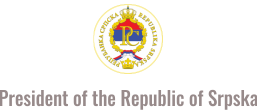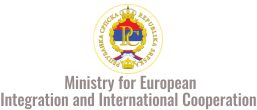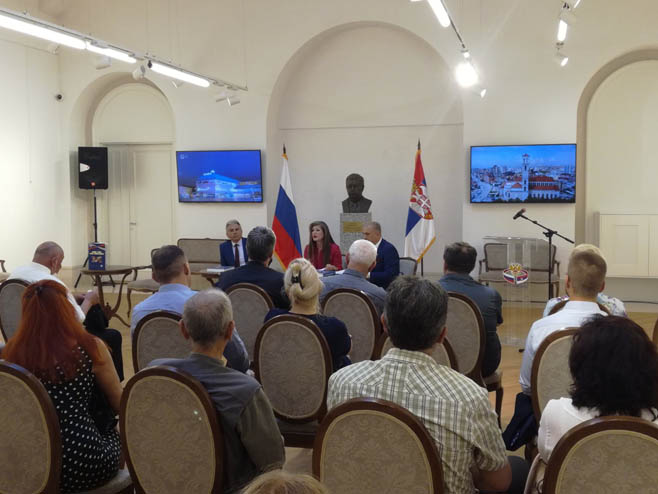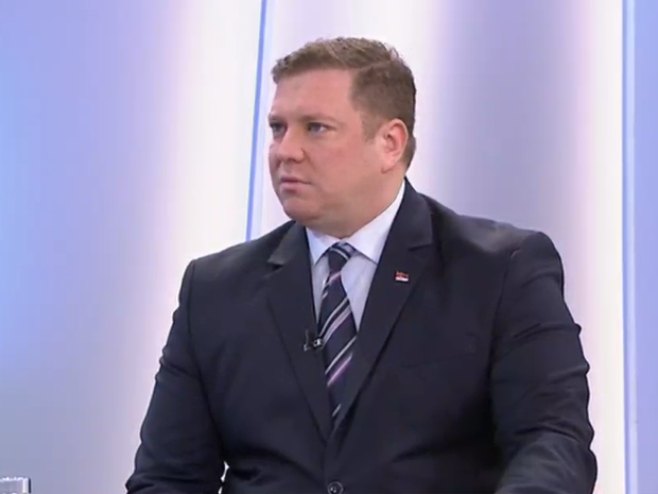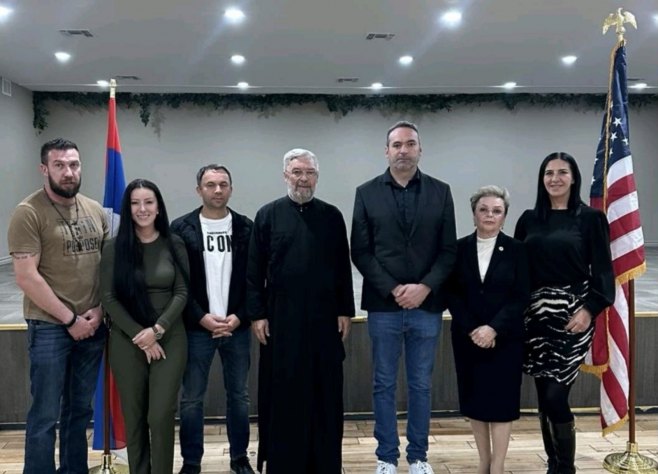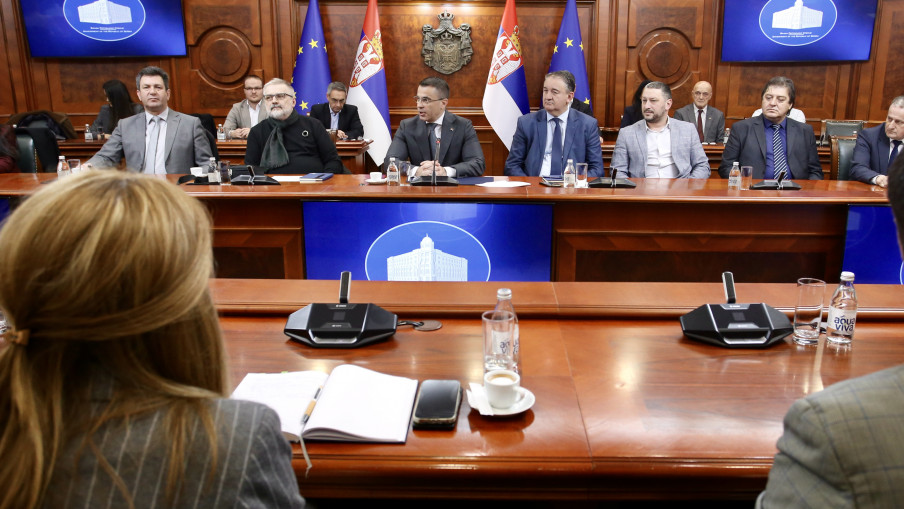The monograph Serbian-Russian, Russian-Serbian Relations by professor of the Banja Luka Faculty of Security and Protection, Dragan Radišić, was presented today at the Russian House in Belgrade, where he pointed out that nowadays Serbia and Republic of Srpska had a safe protector in Russia, and that mutual relations had a great perspective.
At the promotion, Radišić noted that when Serbs found themselves in trouble, they always turned to Russia and never encountered indifference of the Russian people, state, and Russian church in particular.
He reminded that the two nations were genuine allies in both world wars, and that with the arrival of Vladimir Putin at the head of the Russian Federation, the cooperation gained new momentum.
Radišić assessed that cooperation between Serbia and Russia was improving in all important areas of life and work, and relations had a great perspective, which, as he stated, had been confirmed by 18 meetings between the presidents of the Russian Federation Vladimir Putin and Serbia Aleksandar Vučić.
– Many have wanted to disrupt those relations, today it is done through propaganda, fabrication, distortion, spinning, there are various forms of attempts to spoil those relations; however, they have not and will not succeed – said Radišić.
Academician Slobodan Nešković assessed that the author of the book had deepened the topics that had not been fully covered within the scientific-research framework in the academic community of either country.
Nešković pointed out that regardless of the socio-political system throughout history, Serbian-Russian relations and ties endure, and emphasized the importance of the assistance provided by Russia to the Republic of Srpska in preserving the Dayton Peace Agreement and status of the Republic of Srpska.
– We expect the friendship between the Russian Federation and Serbia, and thereby also the Republic of Srpska, to continue developing in the context of realizing fraternal and centuries-old, positive, national interests of all the 160 ethnic communities in the Russian Federation and the Serbian people, i.e. all of Serbia, the Serbian nation and all well-intentioned people living in Serbia and the Republic of Srpska – said Nešković.
The editor of the RTS news program, Jasminka Simić, pointed out that Radišić had structured this work in a methodologically clear way and drawn conclusions through the analysis of documents relevant to this topic and their comparison, and anticipated further course of events, not only related to cooperation between Serbia and Russia, but also to their place in international relations in general.
The monograph is well equipped with photographs, it consists of 11 chapters, and in the first part it presents three state creations – Russia, Serbia and Republic of Srpska from several aspects – social, economic, political, legal, but also religious, military, security and others.
The work presents chronologically the history of Serbs and Russians and development of Christianity in these peoples; one chapter deals with the beginnings and development of Slavic literacy, discusses respect and assistance between Russia and Serbia, and analyzes military support during the First and Second World Wars.
The eighth chapter deals with the end of the 20th century and disintegration of the Soviet Union and the SFRY with an emphasis on the struggle of the Republic of Srpska for its position; the ninth chapter deals with the 21st century contemporary ‘resurrection of modern Russia, Serbia and Republic of Srpska;’ and the last deals with Russia’s comprehensive cooperation with Serbia and Republic of Srpska and prospect of fraternal and overall relations.
The monograph was published by the Academy of Sciences and Arts of the Republic of Srpska and the Independent University in 2020, but due to the pandemic, its Belgrade promotion was postponed twice and has only been held now.
Source and photo: RTRS
